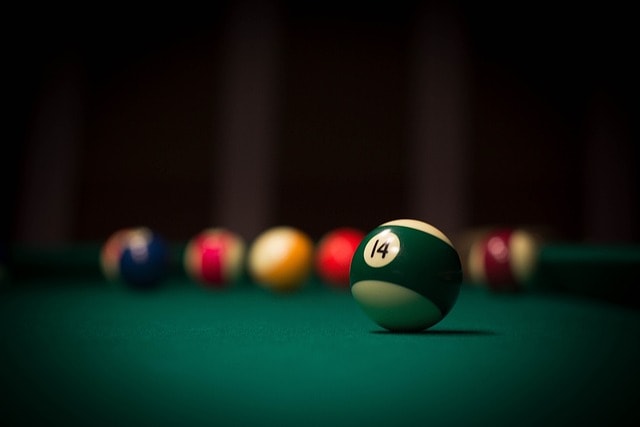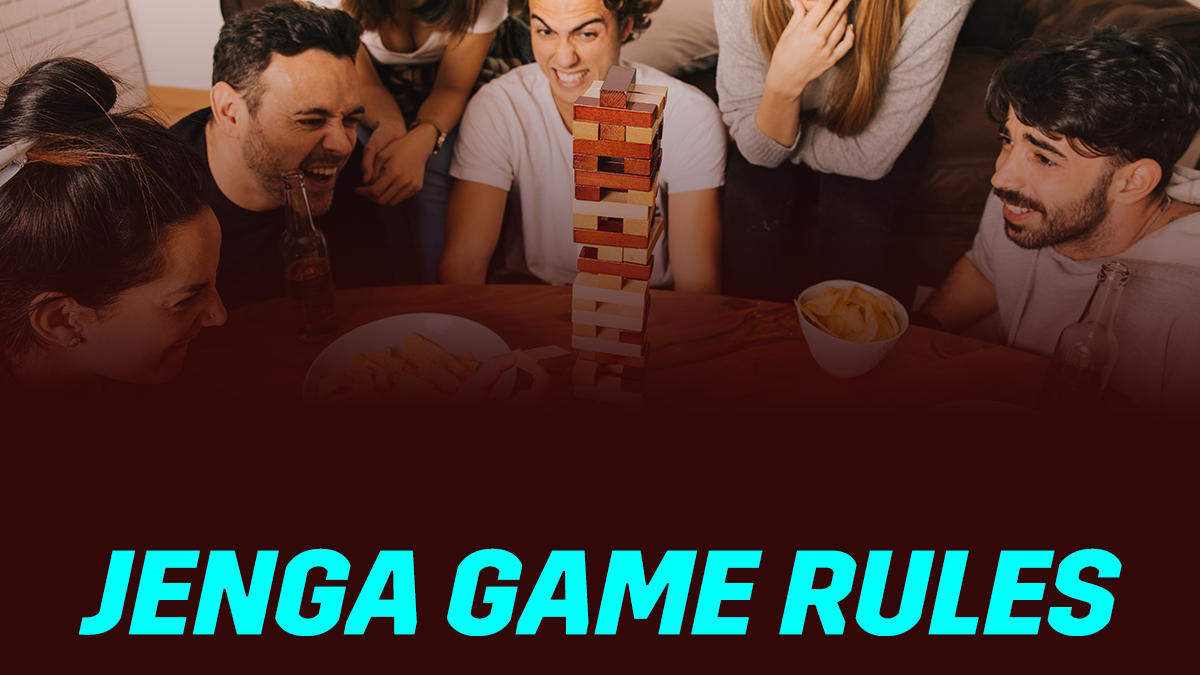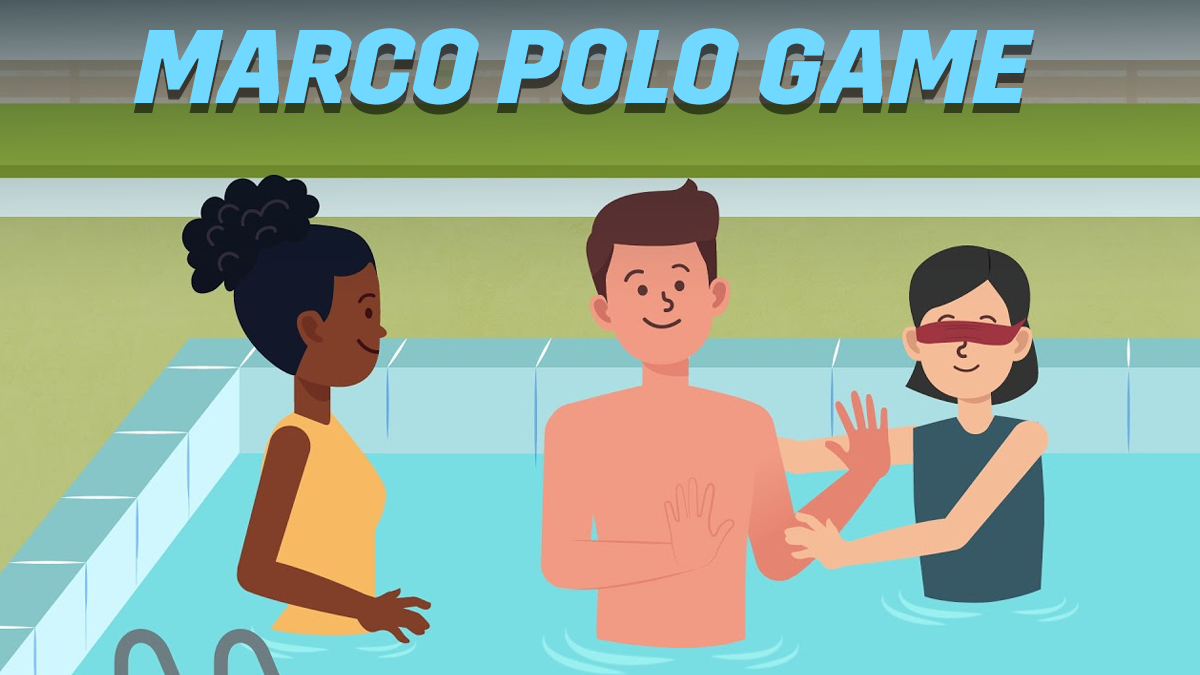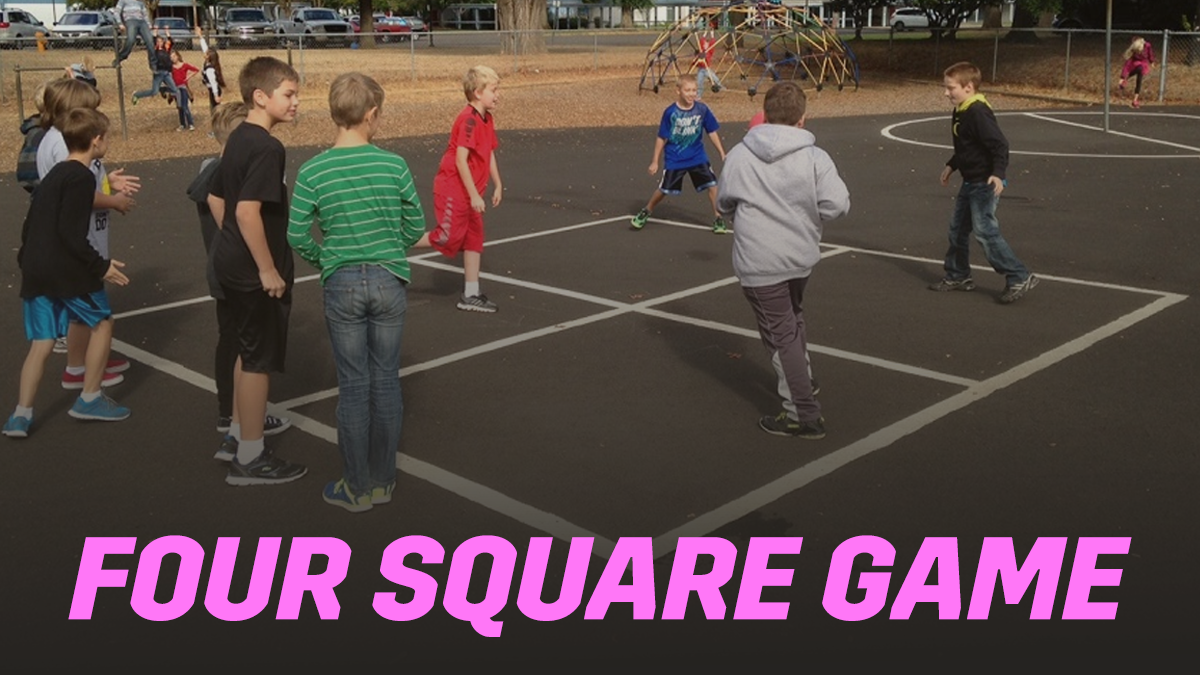Table of Contents
ToggleThe 8-ball pool is an interestingly fun game that you can play on a billiard table with cue sticks, six pockets, and sixteen balls. This includes a single white “cue ball” and fifteen object balls – including a black “8-ball.” In the standard 1v1 version, one player attempts to pocket the solid balls (numbered 1-7) while the other tries to sink the striped balls (numbered 9-15). Neither player can sink the 8-ball until they have pocketed all of their respective balls (solids or stripes). The first one to sink the 8-ball is the winner of the game.
8 ball pool is undoubtedly the most common pool discipline (as a game) and is often used synonymously with “pool” itself. Several variations of the game continue to pop up, some of which are regional. For the uninitiated, the 8-ball pool is the second most-played pool game at a professional level after the nine-ball. For many decades, far ahead of straight pool. 8 ball pool has also made its way into our smartphones and handheld devices, getting everyone who cannot make it to the parlor due to current circumstances very excited daily. Let’s understand all the eight-ball pool rules so you always ace the game.
Eight-Ball Pool Rules: Everything You Must Know

Here are all the 8-ball pool rules you must know about.
Main Objective in 8 Ball Pool
The player tries to sink the 8-ball only once they pocket all of their other object balls. For a player to win, they should first designate the pocket that the 8-ball is expected to be pocketed into, followed by doing the same, i.e., sinking the 8-ball into said pocket successfully. In the physical version of the game, the player loses if they push the 8 ball off the table. They can also lose if they commit a foul or pocket the 8-ball into a non-designated pocket. In other cases, the player’s turn is over, even when a foul happens.
In other words, a game of eight-ball that follows world-standardized rules, similar to a game of nine-ball, isn’t over until the “black ball” or the “money ball” is no longer present on the table. Numerous amateur leagues adopt this rule for ease of play. In 8 Ball Blast – the MPL version – the goal is to pot the balls, including the 8-ball in any order.
Racking the Balls
In an actual game of 8-ball pool, you have to pick the triangular pool rack and place the balls (numbered 1-15) inside. Assemble the rack at the opposite end of the pool table from the head spot, with one corner facing the break. Ensure that the footstring flanks the rack. When the game is ready to begin, remove the racking frame with just the balls remaining.
Place the 8-ball at the center of the triangle. Position the 1-ball at that point of the triangle which faces the break. Add a stripe ball in one of the back ends of the rack and a solid ball in the other end.
Common Terms Used In 8-Ball Game
To fully grasp the exciting game of 8-ball pool, you need to get familiar with its terms. For beginners, here are some:
-
Break: When the cue ball hits the triangle of balls with precision and force. To successfully execute a legal break shot, the breaker must either pocket an object ball or drive a minimum of four numbered balls toward the rail.
-
Object balls: The solid and striped balls numbered 1-15. It includes every pool ball but the cue ball. An “object ball” is one that you try to sink into the pockets.
-
Rail: The bank that runs along the tabletop’s side.
-
Pocket: You’ll find these little baskets along the perimeter of the pool table. There are six pockets – one in every corner and one at the center point of either long side. “Pocketing” is the act of sinking one or more numbered object balls into a pocket.
-
Scratch: When a player sinks the cue ball into a pocket by accident. If you scratch, you have to remove any of the sunk balls from a pocket and put it back at the center of the table. Then, the opponent gets to shoot from their desired spot at the top of the table.
-
Foul penalty: The opponent retrieves the cue ball in hand. This means that they can position the cue ball anywhere on the table to take the next shot.
-
Open table: The table is “open” when the option of solids or stripes is yet to be determined. In this situation, a player can hit a solid first to make a stripe or solid.
Gameplay
As far as the traditional 8-ball gameplay is concerned, if you shoot “solids,” then you should make all balls numbered 1-7 so that you get a chance to pocket the 8-ball. If you hit “stripes,” then make all of the balls numbered 9-15. Your turn ends in a scratch if you make your opponent’s ball.
Any game of 8-ball pool concludes when a player sinks the 8-ball legally after pocketing all the numbered balls in their respective group. Nonetheless, a player can also lose the game by committing certain fouls or infractions, which include the following situations:
-
If they pocket the 8-ball any time after the break
-
If they pocket the 8-ball on the same attempt as the last of their group of balls
-
If they pocket the 8-ball when it isn’t the legal “object ball.”
Fouls
The following fouls apply to 8 ball pool games:
-
The shooter does not hit one of their object balls (or the 8-ball when it is legal) with the cue ball before making contact with other balls. Split shots are excluded.
-
When you try to pocket a ball, and the ball hits the pocket, bounces off, and lands on the ground, the ball is put back in the pocket, and the game resumes.
-
The player shoots the black 8-ball without assigning the pocket to opposite team members in advance.
-
The shooter intentionally sinks the opponent’s balls while going for the 8-ball.
-
If the player fails to pocket any balls on the break shot and less than four balls reach the cushions, the incoming player can ask for a re-rack, take the break, or urge the original breaker to re-break.
Also Read : 8 Ball Pool Tips and Tricks
Winning The Game
After sinking all of your group’s balls, call and sink the 8-ball in the designated pocket. If the ball is pocketed, you win!
Eight-ball Pool Rules
-
Sink all your group’s balls, either solids or stripes, then the 8-ball to win.
-
One player breaks. If no balls are sunk, the opponent plays.
-
The first ball legally pocketed decides your group (solids or stripes).
-
Keep playing as long as you legally pocket balls from your group.
-
Scratch, hitting the opponent’s ball first, or no ball contact are all fouls.
-
After clearing your group, sink the 8-ball in the called pocket to win.
-
You lose if you scratch or sink the 8-ball in the wrong pocket before clearing your group.
Top Strategies To Win 8-Ball Game

Here are a few strategies you must know about after understanding the 8-ball pool rules.
Cue Ball Power and Spin Control
Online 8-ball games often provide cue ball power adjustments. Use precise power and spin (backspin or sidespin) to control the cue ball’s movement. This helps you avoid scratches and sets up better shots, especially in tight situations.
Study Your Opponent’s Play
Pay attention to your opponent’s strategy and weaknesses. If they struggle with long shots or tricky angles, leave the cue ball far from their next target. This forces them into making mistakes and gives you a better chance to take control.
Use Practice Mode
Most online pool games offer a practice or training mode. Use this to get familiar with controls, improve your shot accuracy, and understand game physics. The more comfortable you are with the controls, the more confidently you can plan and execute your shots during competitive games.
FAQs
What is called object ball?
The object ball is the ball you’re aiming to hit with the white cue ball. In the 8-ball pool, this ball belongs to your group (solids or stripes). After sinking all your group’s balls, the black 8-ball becomes your final object ball to win the game.
How does head string help you in the gameplay?
The head string is an imaginary line that helps make sure certain shots, like the break or after a foul, are fair. It forces you to shoot balls beyond this line. This adds a sense of strategy and challenge.
What happens to the balls pocketed?
Balls pocketed legally stay in the pocket. If you pocket the wrong ball or the 8-ball at the wrong time, the pocketed ball also stays in, but your opponent gets control, which can change the game’s direction.








